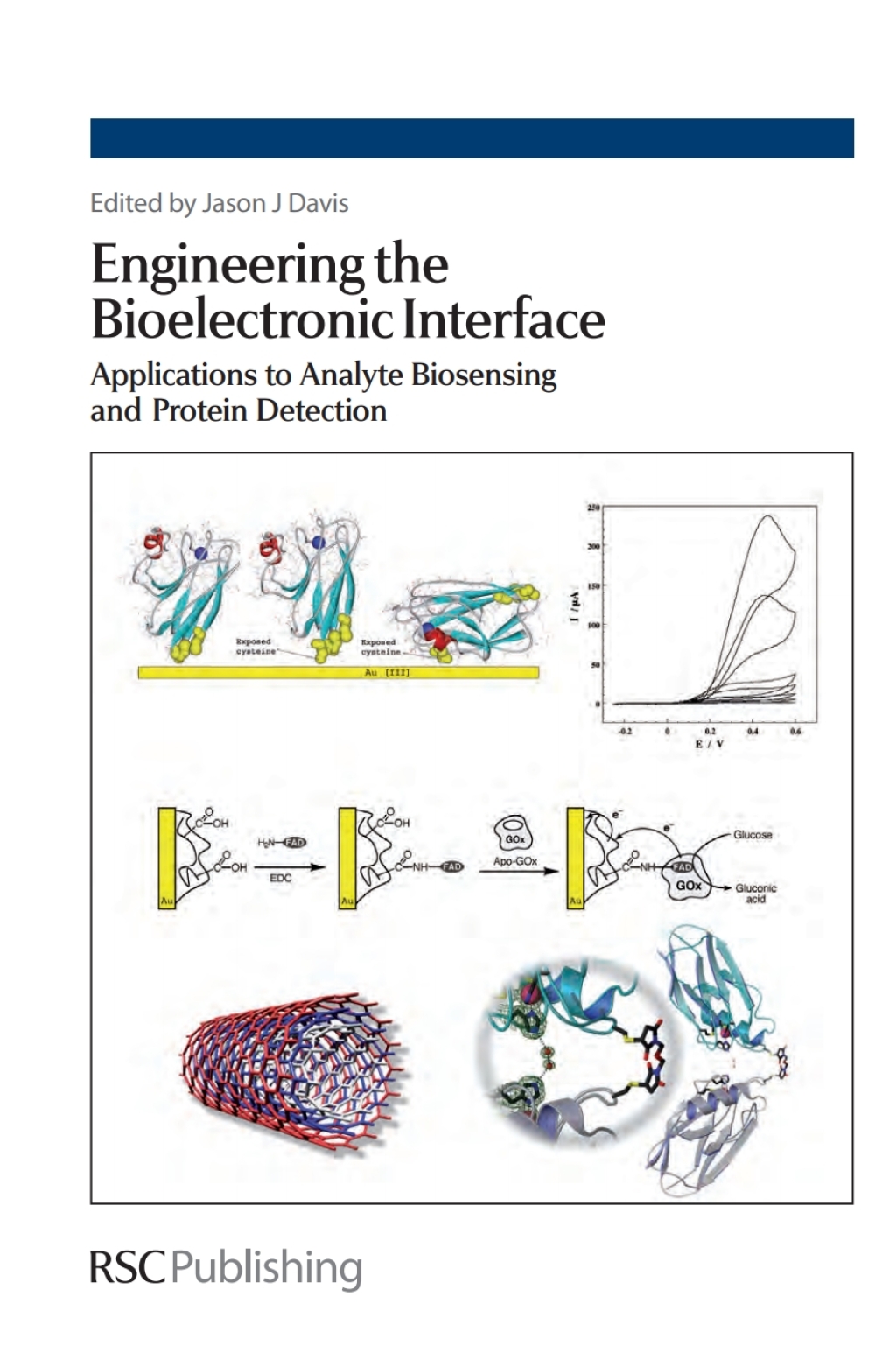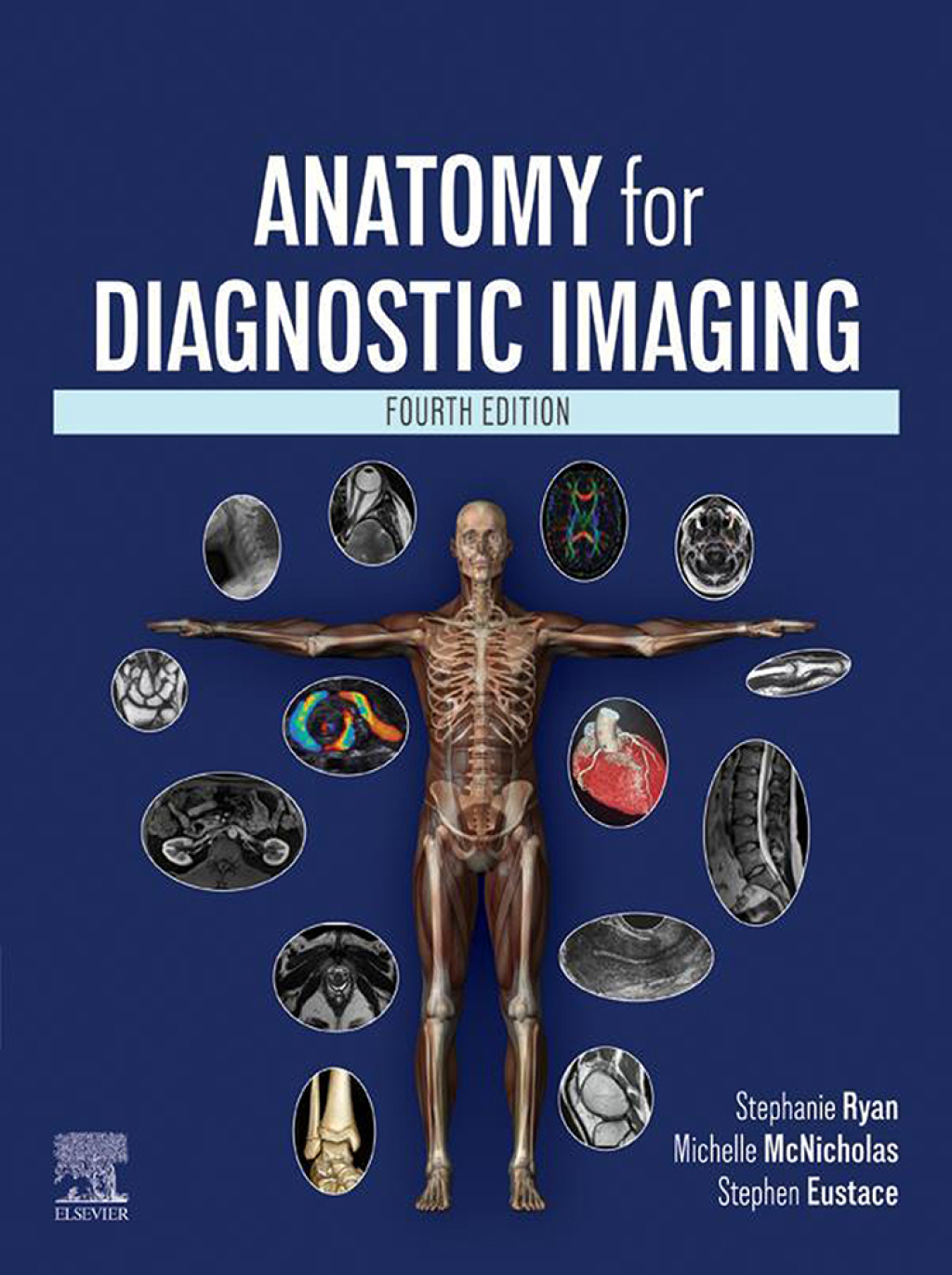The interfacing of man-made electronics with redox proteins and enzymes not only tells us a great deal about the levels of sophistication active in biology, but also paves the way to using it in derived sensory devices. Some of these have already had a profound impact on both clinical diagnostics and the quality of life enjoyed by those unfortunate enough to live with disease. Though much remains to be learnt about controlling and optimising these interfacial interactions, their potential uses are, if anything, growing. Written by leaders in the field, this is the only book to focus on the generation of biosensing interfaces with analyses and control at the molecular level. Some of these are enzyme based, others associated with the generation of surfaces for protein-protein recognition. Summaries of state-of-the-art investigations into the interfacing of structurally complex molecular species with electrode surfaces are included along with their design, analysis and potential application. Studies into the “wiring” of biomolecules to man-made surfaces through the use of delocalised “molecular wires” or carbon nanotubes are detailed as are the application of surface chemical and genetic engineering methods to the construction of robust, orientated biomolecular monolayers.
“Pocketbook of Neurological Physiotherapy 1st Edition” has been added to your cart. View cart
Engineering the Bioelectronic Interface Applications to Analyte Biosensing and Protein Detection 1st Edition
Author(s):
Publisher: Royal Society of Chemistry
ISBN: 9780854041657
Edition: 1st Edition
$39,99
Delivery: This can be downloaded Immediately after purchasing.
Version: Only PDF Version.
Compatible Devices: Can be read on any device (Kindle, NOOK, Android/IOS devices, Windows, MAC)
Quality: High Quality. No missing contents. Printable
Recommended Software: Check here










